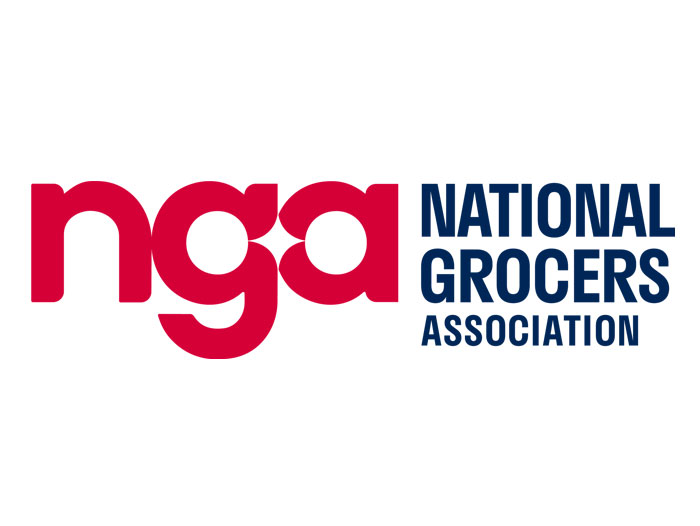USDA Report on Meat Industry Competition Confirms National Grocers Association’s Position on Harmful Effects of Retail Consolidation and Price Discrimination
October 10, 2024 | 3 min to read
The National Grocers Association (NGA) highlights that retail consolidation and price discrimination drive up consumer prices and limit opportunities for small-scale farmers and ranchers. A recent U.S. Department of Agriculture report corroborates this by exposing how dominant retailers manipulate the market, disadvantaging smaller competitors and local suppliers. NGA emphasizes the urgent need for the FTC to enforce the Robinson-Patman Act to curb these practices and enhance market fairness for consumers and independent grocers.

Washington, D.C. – The National Grocers Association (NGA) has long held that retail industry consolidation and price discrimination contribute to higher consumer prices, fewer retail storefronts, and limited market opportunities for farmers and ranchers. This week, following a year-long study, the U.S. Department of Agriculture (USDA) issued a report on the market dynamics within the meat and retail industries that affirms NGA’s position.
“The report is the most comprehensive governmental study to provide an in-depth view into the modern inner workings of a complicated and opaque market structure of the grocery industry. The report clearly demonstrates how the current system is often warped to benefit dominant players at the expense of smaller industry competitors, consumers, farmers, and ranchers,” said NGA Chief Government Affairs Officer Chris Jones.
The study goes into detail with examples on how complicated schemes of rebates, fees, and other arrangements in the meat industry are construed to benefit the largest industry players. For example, in the report, a food consultant reported that a midsized packer found that its required trade spend to a national chain grocer of $120 million was double that of other chains.
“Dominant retailers prefer fee schemes, such as marketing, slotting, rebates, and on-time-in-full fees, which allow them to evade price discrimination laws at the expense of everyone else,” said Jones.
The report also describes how the existing system makes it harder for smaller retailers to buy from local suppliers due to dominant retailers driving consolidation in meatpacking and distribution. As a result, small farmers and ranchers find it harder to sell directly to stores, with one grocery industry member noting how current distribution deals leave no margin for sourcing locally.
The dynamics outlined in this report are a small sample of how independent grocers, consumers, farmers, and ranchers are undermined by the unchecked actions of dominant national chain retailers.
“A dysfunctional market structure exists across far more product categories in grocery stores than just meat and protein,” said Jones. “While this report is alarming, it provides a better roadmap for the FTC and antitrust enforcers to help American consumers by pinpointing conduct that potentially violates the Robinson-Patman Act (RPA), a law that is supposed to prohibit the examples of price discrimination outlined in the report.
“Unfortunately, the RPA hasn’t been enforced in nearly 40 years and the resulting market concentration and food desert growth speak for themselves. The FTC needs to enforce the law, and Congress needs to strengthen it by passing new standards that prohibit dominant players in the grocery industry from engaging in discriminatory practices,” concluded Jones.
About NGA
NGA is the national trade association representing the retail and wholesale community grocers that comprise the independent sector of the food distribution industry. An independent retailer is a privately owned or controlled food retail company operating a variety of formats. The independent grocery sector is accountable for about 1.2 percent of the nation’s overall economy and is responsible for generating more than $250 billion in sales, 1.1 million jobs, $39 billion in wages and $36 billion in taxes. NGA members include retail and wholesale grocers located in every congressional district across the country, as well as state grocers’ associations, manufacturers and service suppliers. For more information about NGA, visit www.nationalgrocers.org.
